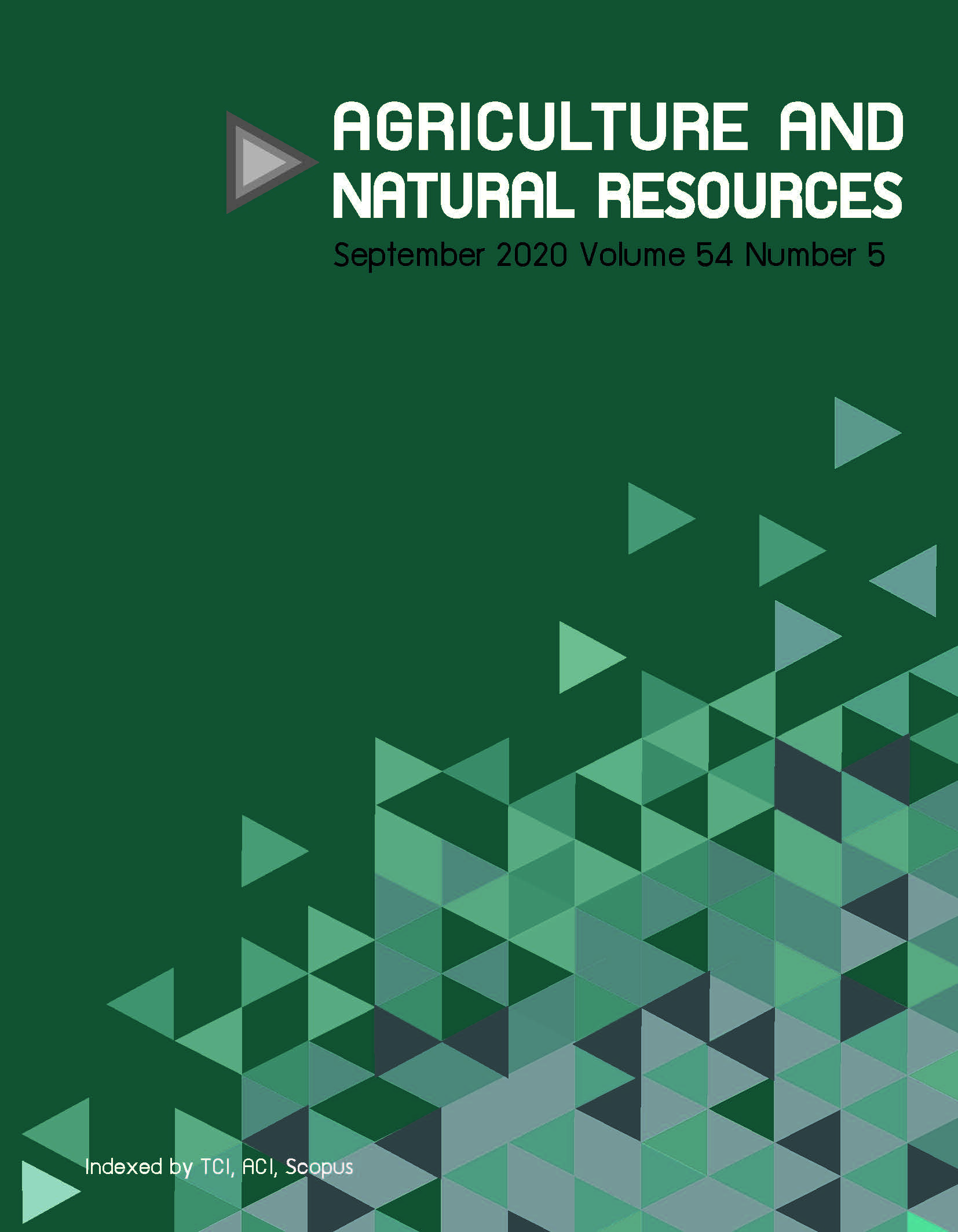Oocyte development and maturation in the sea cucumber, Holothuria scabra
Keywords:
Holothuria scabra, Oogenesis, Ovary, Sea cucumber, UltrastructureAbstract
The sea cucumber, Holothuria scabra, has economic value for tropical countries in the Indo-Pacific region. Currently, fertilization success in aquaculture is limited due to the unpredictable period of spawning that results in inadequate amounts and quality of the naturally-released eggs that could be harvested. Mature female gametes from the ovary may be an alternative source for artificial fertilization, although its practical outcome remains unverified. Thus, the development and morphological characteristics were investigated of early, developing and mature oocytes of H. scabra during oogenesis. The results of light and transmission electron microscopy indicated that the ovary of H. scabra is composed of multiple tubules joined together at the short gonadal duct. Each ovarian tubule is surrounded by a thick wall comprising collagen fibers and smooth muscles that are lined by the epithelium. The outer epithelium comprises clear and granulated cells which contain numerous vesicles in the cytoplasm having the appearance of hormone-producing cells. The inner wall of the ovarian tubule is lined by flat follicular cells which anchor early-stage oocytes, while subsequent stages of developing oocytes are localized toward and freely released into the lumen. Female germ cells comprise oogonia and developing oocytes. The early pre-vitellogenic oocyte (Oc1) contains partially decondensed chromatin and synaptonemal complexes. The late previtellogenic oocyte (Oc2) exhibits mitochondrial aggregations in cytoplasmic poles. The early vitellogenic oocyte (Oc3) becomes enlarged due to the presences of cytoplasmic granules. The late vitellogenic oocyte (Oc4) has numerous cytoplasmic granules, a thick jelly coating and germinal vesicle breakdown, implicating its complete maturation. Thus, Oc4 may be a potential candidate for artificial fertilization in aquaculture.
Downloads
Published
How to Cite
Issue
Section
License

This work is licensed under a Creative Commons Attribution-NonCommercial-NoDerivatives 4.0 International License.
online 2452-316X print 2468-1458/Copyright © 2022. This is an open access article under the CC BY-NC-ND license (http://creativecommons.org/licenses/by-nc-nd/4.0/),
production and hosting by Kasetsart University of Research and Development Institute on behalf of Kasetsart University.







